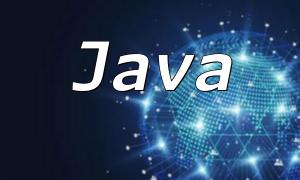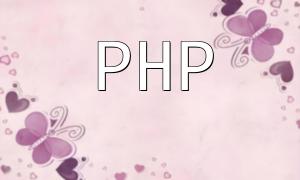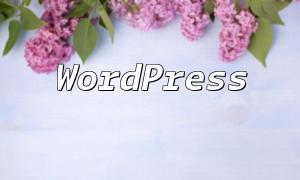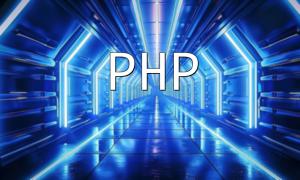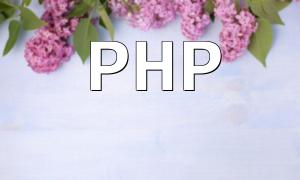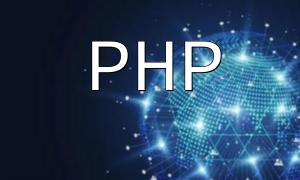In modern web development, Java, ZK, and PHP are three commonly used programming languages and technology stacks. Each has its own unique strengths and use cases. This article will delve into the integration and application of these three technologies, helping developers make better decisions on how to use them effectively.
Java is a widely used programming language known for its cross-platform capabilities and strong community support. ZK is an open-source framework based on Java for building rich web applications. It allows developers to build user interfaces with simple markup while writing the backend logic in Java. PHP is a server-side scripting language primarily used for web development, known for being easy to learn and having strong backend processing power.
By combining Java with ZK, developers can create highly efficient and feature-rich web applications. ZK’s features allow Java developers to build front-end components with less code, resulting in a more responsive and maintainable user experience. This integration improves development efficiency and enhances the application's performance.
The advantages of the ZK framework include the following:
In many web applications, PHP plays a key role as the back-end language. It handles database interactions, user authentication, and other server-side logic. When integrated with Java and ZK, PHP’s back-end services can be invoked under the front-end framework built with ZK, enabling a more flexible architecture design.
Java/ZK and PHP can interact through RESTful APIs or SOAP, allowing each to leverage its strengths. Here’s a simple PHP code example demonstrating how to create a RESTful API:
<?php
header("Content-Type: application/json; charset=UTF-8");
$data = array("message" => "Hello from PHP!");
echo json_encode($data);
?>
In a Java/ZK application, this PHP API can be called via HTTP requests to retrieve back-end data and display it in the front-end interface. This design pattern enhances system modularity, allowing each part to be developed and maintained independently.
When integrating Java, ZK, and PHP, there are a few best practices to follow:
By integrating Java, ZK, and PHP, developers can create more flexible and efficient web applications. The advantages of this technology stack lie in the best practices from each domain working together to enhance system performance and maintainability. Therefore, understanding and mastering the integration of these three technologies is a crucial skill for modern web developers.
